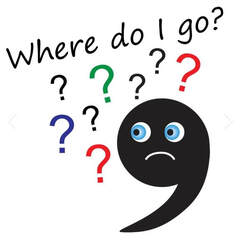
A comma provides clarity. It signals the reader when to slow or pause in anticipation of new information. It sets off elements in a sentence that provide contrast, separates a series of items, identifies nonessential elements, and introduces or completes a quotation. Incredibly, these are only some of the ways in which the efficacious comma is used.
Unfortunately, there seems to be an unwritten rule about the comma that results in its being overused. This unwritten rule is when in doubt, use a comma.
- Many writers chop up their sentences with so many commas that it would have been better just to leave the commas out altogether.
- When commas take the place of the period, it results in a comma splice. Running sentences together, loosely connected with commas, is lazy writing.
Assuming that most of us know the correct way to use a comma with lists, quotations, and compound sentences, my suggestion for all other occasions is to use this other unwritten rule: when in doubt, leave the comma out. Another solution for your doubt is to rework your sentence so that the questionable structure no longer exists. Of course, if you are one of those running sentences together with commas as a matter of course, then the comma is the least of your worries as a writer.
Faulty use of a comma can often be determined by simply reading and focusing on one sentence at a time. Follow the cues you have in place with your commas. Is the message clear? Honor the comma in your work by using it only when it fulfills its purpose of creating understanding for the reader as he travels from the beginning of a sentence to the end.



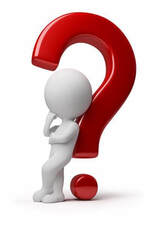
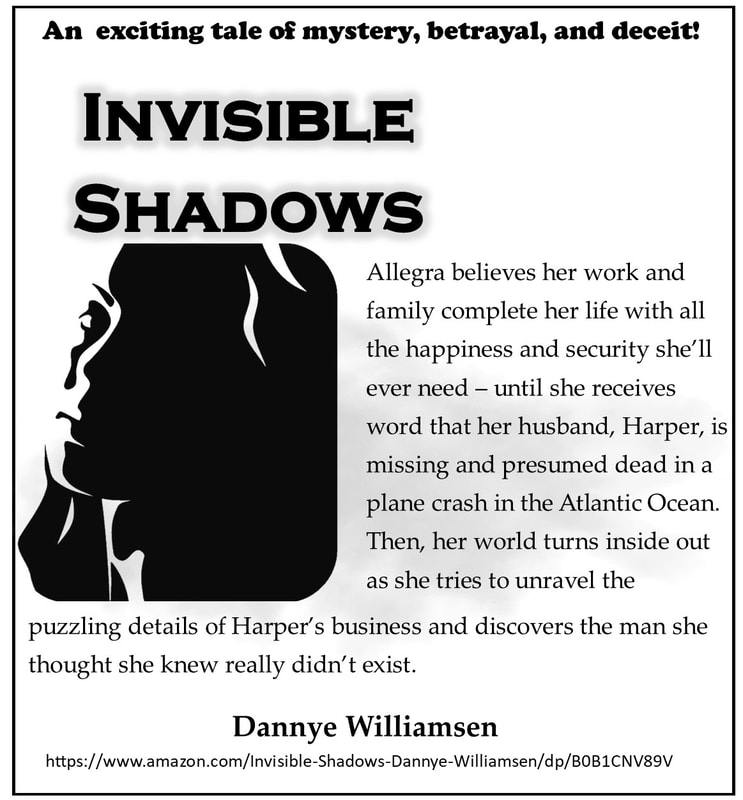


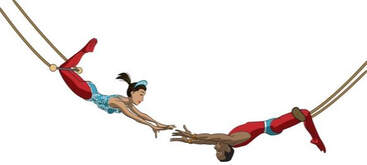
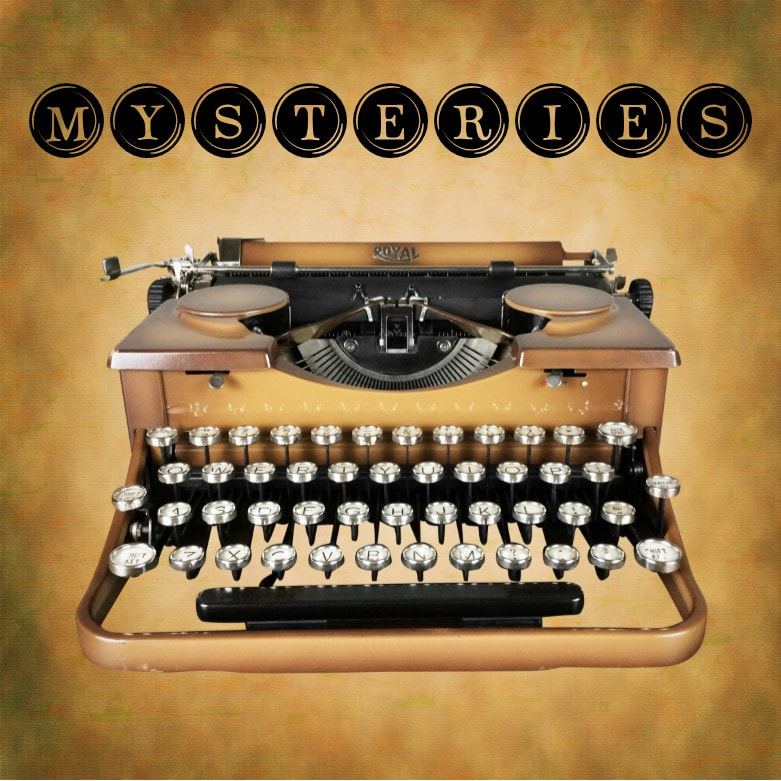








 RSS Feed
RSS Feed